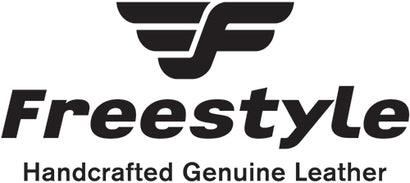Hi i am teying to get hold of you guys, my boots are way too big. I usually wear between a 7 and a 8 but these boots feel like a 10 almost. Pls advise on how I can go forward with this.
Well made and feel amazing on my feet. Happy customer
I am happy with the style and quality of the boot. I do feel the toe box is a bit wider than I would like.
Absolutely love the shoe. I had the exact same model that I bought 16 years ago and only really gave up on me now so needed a replacement.
As it is made to order that was the only part that makes me give it a 4 star as its a 15 day waiting period. Which is well worth the wait, but I feel if it was faster would be better
Haven't worn them yet, but they look amazing and fit comfortably.

